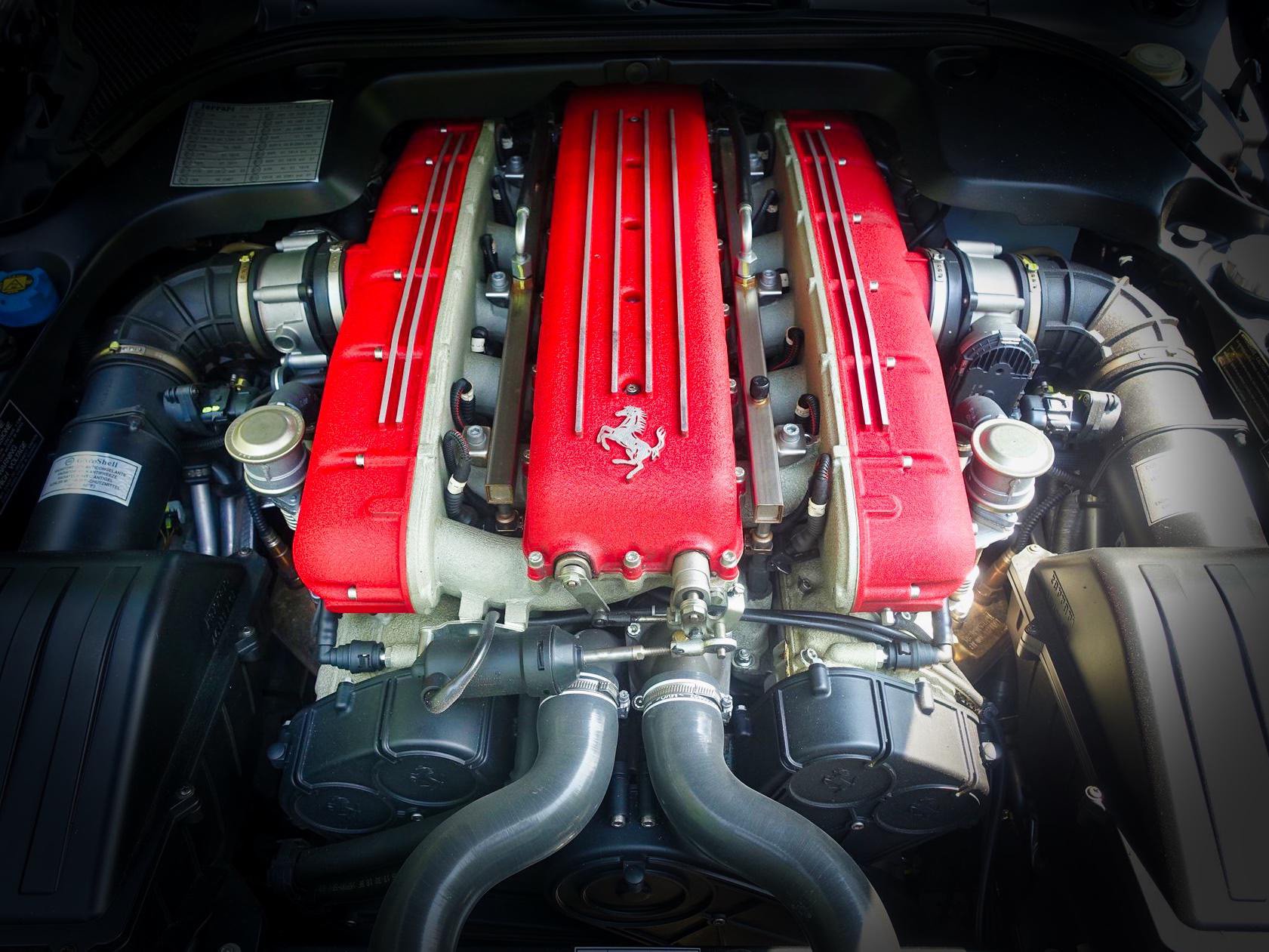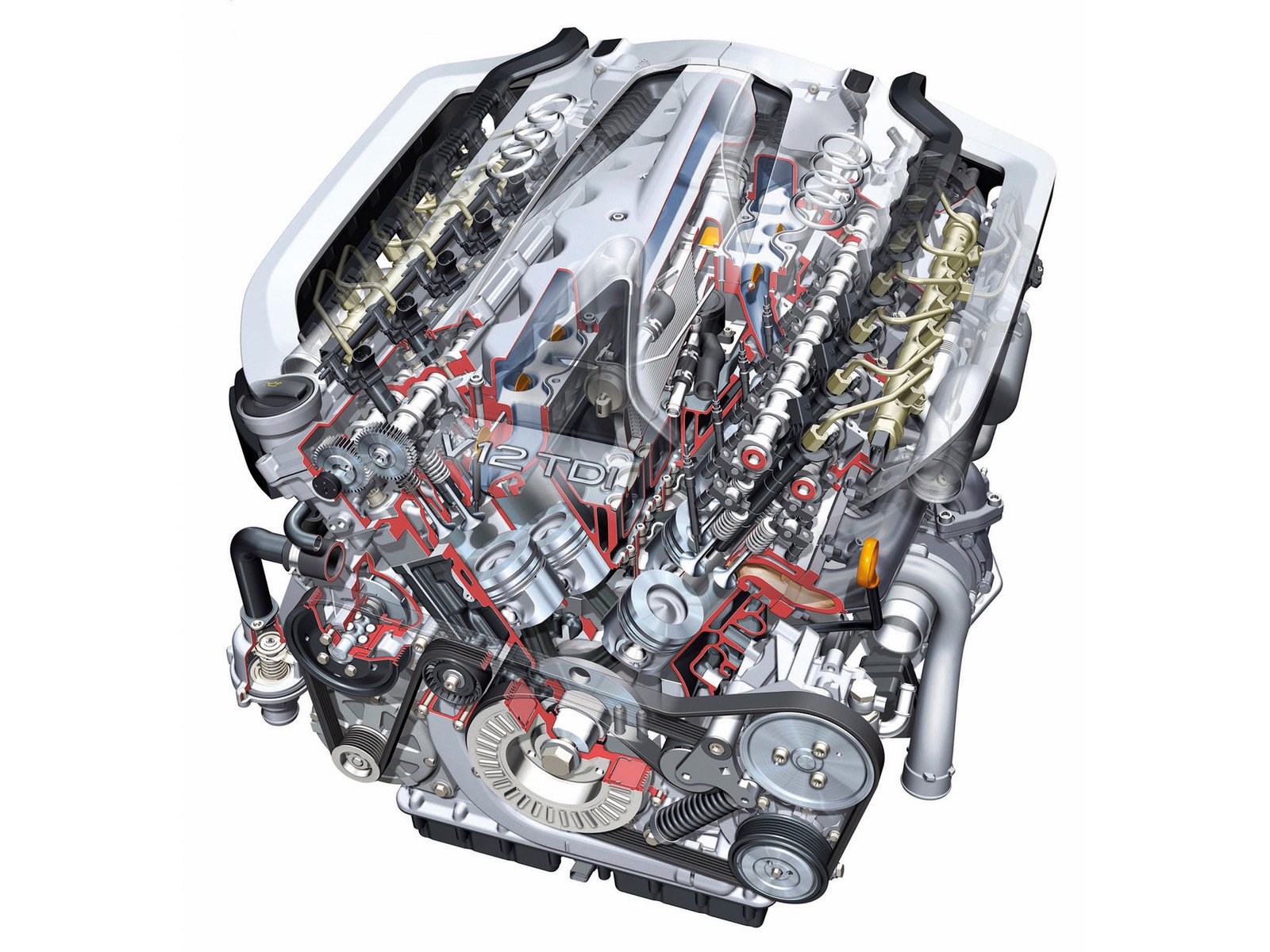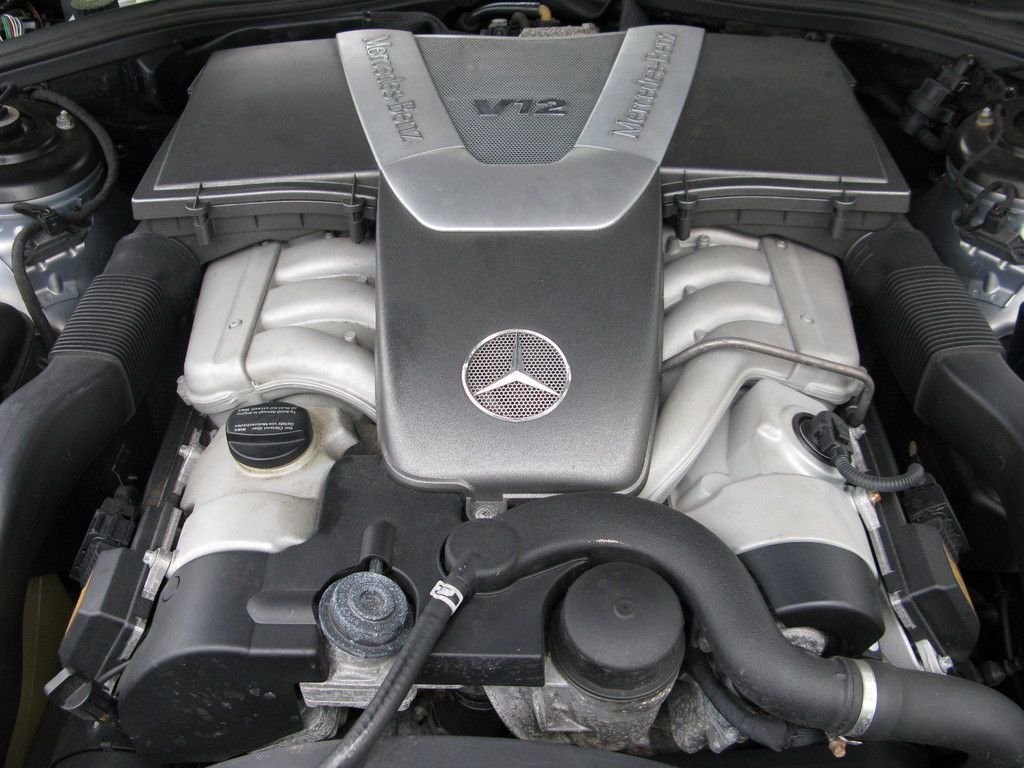techXXX
Ranking Twelve-Cylinder Engines in Series Production This Century
Today, I rank ten 12-cylinder engines from six manufacturers that have been in series production this century.

Today, I rank ten 12-cylinder engines from six manufacturers that have been in series production this century. Missing from this list are motors that barely made it to the 2000s, such as the Mercedes M120, as well as engines only found in limited-production supercars. I organize them into three tiers.
First, I want to touch on one aspect that distinguishes V12s designed for high performance from those designed for comfort: While V12 engines are inherently balanced, their crankshafts still have counterweights. This is because the engine is only theoretically balanced with a crankshaft that does not deform. With a long crank, torsional vibration is not negligible. An engine that only relies on the pistons to balance themselves out wear out quickly. However, too much counterweight increases the inertia of the rotating assembly and lowers the engine’s ceiling.
Tier 1

Ferrari F140
At the top of the list, I have Ferrari’s F140 65-degree V12. Introduced in 2002 with the Enzo supercar, it entered series production in 2006 with the 599 GTB Fiorano. Since then, it has powered every V12 Ferrari. Notably, the engine exceeds 800PS in the 6.5L guise.
Unlike earlier V12 Ferrari engines, series-production F140 uses timing chains to drive the camshafts. It is part of the initiative to make these cars easier to live with. The Ferrari Enzo and the Maserati MC12, however, used timing gears that are a work of art. Naturally, it has a closed-deck construction with dry sump lubrication. Earlier 6L units were port-injected, while later 6.3L and 6.5L variants are DI-only.
This engine is built extremely strong and is mostly trouble-free. It is also backed by Ferrari’s three-year unlimited warranty with 7-year free maintenance program.
Lastly, we should note that the 65-degree bank angle is used to provide extra space. In fact, Ferrari V12s have always been very over-square. It was when the displacement grew in their V12s that Ferrari introduced this bank angle with the F116 in the 456 in 1992. As a result, this engine is odd firing, with 65- and 55-degree intervals.

Lamborghini L539
Lamborghini’s original V12 design was legendary. With few updates, it served all Lamborghini V12 vehicles for almost half a century. The L539 is only the second V12 motor in the company’s history, introduced with the launch of the Aventador.
Like the F140, the L539 is an over-square design with closed deck block and dry sump lubrication. However, it is port injection-only and uses a more conventional 60-degree bank angle for even firing. Perhaps this difference of 5 degrees is what limits the power output of this engine, as it clearly flows less air than the Ferrari motor at the same 6.5L displacement.
One very interesting point about the Lamborghini V12 is its firing order compared to Ferrari’s: If we only look at Bank 1, Ferrari uses 1-5-3-6-2-4, while Lamborghini uses 1-4-2-6-3-5, exactly the reverse. This is another snub at Ferrari that Ferruccio Lamborghini put into its design.

Ferrari F133
Rounding out Tier 1 is the Ferrari F133, another 65-degree V12 but this time port injection-only and with a timing belt. In fact, the 612 Scaglietti was the last Ferrari to use cambelts. It was also the first time when Ferrari departed from its old convention for naming its cars: originally, Ferraris were named after the displacement of each cylinder. With the 550 Maranello, however, the displacement of the entire engine was referred to. Besides the timing chains, the F140 differs from the F133 in the introduction of VVT, which allows for more upper-end power and a lifted redline.
While earlier Ferrari 12-cylinder engines used to be finicky, the F133 and, to some extent the F116, which is an earlier variant, were the first modern Ferrari V12s. They retain much of the character of the earlier Colombo V12 but are more reliable. The F116 and F133 are also called Dino V12.
Tier 2

BMW N74
First in Tier 2 is BMW’s N74. Displacing between 6 and 6.7 liters, the N74 powered not only BMW’s own 760 for two generations but also all modern Rolls-Royce vehicles under BMW’s ownership except the Phantom 7.
For these flagship-level applications, BMW tried not to cheapen the build of the N74 as much as it knows how. Hence, despite it being two N54s spaced at 60 degrees technology-wise, the N74 has a closed deck block and uses metal valve covers and oil pan instead of plastic. It also shares many design features with the N63, including a rather similar timing setup.
Compared to the N73, two positives about the engine are the removal of the Valvetronic variable valve lift system and the use of a more reliable high pressure fuel pump design. On the downsides, the N74 uses piezo electric injectors found in N54 and N63. It also uses a volumetric-flow-controlled oil pump that lowers oil pressure at idle.

Mercedes M275/M279/(M285/M158)
Whereas the N74 is technologically advanced and complex, Mercedes’s M275 is much simpler and more robust. It remains port-injected and uses two simple SOHC heads that is said to have poor air flow characteristics. Mercedes solved these problems with a pair of turbochargers.
Unlike most V12s on this list, the M275 is a rare under-square engine with relatively small bores. This was a compromise made with the M137, its predecessor on which it was built, to fit into the engine compartment of the W220 S-Class and the C215 CL. Compared to the M137, the M275 uses a strong bedplate that holds all seven main bearings in a single unit, significantly increasing rigidity. Overtime, the M275 has proven to be just about the most durable Mercedes engine introduced this century.
In 2012, Mercedes made a small update to the engine. Codenamed M279, this unit brought individual ignition coils as well as variable valve timing. The basic design of the engine remains unchanged.
While the M275 and M279 are fitted into standard Mercedes 600 and 65 AMG models, two special variants exist: The M285 for the original Maybach 57 and 62 used stronger internals. The M158 for Pagani Huayra and Utopia uses twin-scroll turbos and dry sump lubrication.

Aston Martin V12
Third in Tier 2 is the Aston Martin V12. Designed by Ford, this engine can be considered two upgraded Duratec V6s with a much higher grade of build, including a stronger block, press-in cylinder liners, and larger bearing diameters.
While rather sophisticated, if a bit down on power, at launch, the engine received little in terms of updates, as Aston Martin continued to operate under financial stress. I also recall that years ago many owners experienced engine damage due to poor lubrication, and Aston Martin’s solution was to issue an updated oil dipstick a few centimeters shorter.
In 2016, Aston Martin bolted on two turbochargers and reduced the stroke of the engine. This was a rather uncommon move, as most would have reduced the bore first to strengthen the block. My guess is that Aston Martin wanted the engine to retain its naturally aspirated characteristics.

Volkswagen V12 TDI
Rounding out Tier 2, I have Volkswagen’s 5.9L 60-degree V12 TDI. This engine strangely uses a DOHC design, even though it is a low-revving diesel.
This engine used a cast iron block with a strong nodular graphite-reinforced cast iron bedplate. It also used forged conrods and pistons. In all, this is the strongest rotating assembly that Volkswagen has built this century in a passenger car engine.
The only reason this engine does not rank higher is that it saw a very low production number and was only used in the Audi Q7 for a brief moment.
Tier 3

Volkswagen W12
First in Tier 3 is Volkswagen’s W12. It started as a 6L port injected, naturally aspirated unit for the D2 A8 and grew into a biturbo, direct-injected unit reserved for Volkswagen’s Bentley models.
Sharing the same design concept of the VW W8 and W16 engines, the W12 is essentially two 15-degree VR6 engines joined at 72 degrees. While this design made the engine extraordinarily compact, the W12 has many compromises:
Compared to V12s, the W12 has poor air flowing characteristics. It is also not well balanced, thus rev-limited and less refined. Moreover, the crown of the pistons is slanted to the thrust side. This unfortunately puts a lot of pressure on the piston skirt and the thrust side of the cylinder bore, resulting in lower efficiency and more wear.
For these reasons, I have to put the Volkswagen W12 into Tier 3 despite its reasonable reliability record. What also hurts this engine is the fact that it is virtually impossible to do any work on it in the car; engine removal is about needed every time something small goes wrong.

BMW N73
The first direct-injected production V12, the N73 is conceptually two N53s joined at 60 degrees, though it has a higher grade of build and is oversquare. Just like the N74, the N73 has a lot less plastic than its six-cylinder counterpart.
The N73 also has the honor of being the only V12 engine with variable valve lift in the form of Valvetronic. This system slightly improves efficiency by reducing pumping loss and is responsible for making the N73 the most economical naturally aspirated engine on this list.
Overall, the N73 is not a bad design. Early in the production cycle, the engine had issues with the direct injection system and the cooling system. However, updated parts have long been available. The engine does not rank high because it is only fitted into overall unappealing large sedans.

Mercedes M137
On the bottom, we have the Mercedes M137 naturally aspirated V12. Successor to the legendary M120, the M137 was a cheapened design that went too far. Originally displacing 5.8L, it was down on power and more importantly construction. It has an open deck design with weak cylinder bores and a weak block assembly. Hence, the cylinders go out of round at load. Despite it being an open deck design, the engine liked to overheat around the center cylinders as a result, and bore scoring and excessive piston wear are common. It is said that the M137 can survive for long only if driven continually at high speed, while long idles and traffic jams kill it.
Additionally, and as I touched on with the M275, the M137 has poorly flowing heads due to its SOHC design. Despite being a V12, it has a rather low redline. The engine also has a couple of leaking points, most notably the oil cooler and the rear main seal. Cylinder deactivation was problematic, too. In fact, one could say that the bad reputation that the W220 S-Class has is thanks in large part to the M137.



